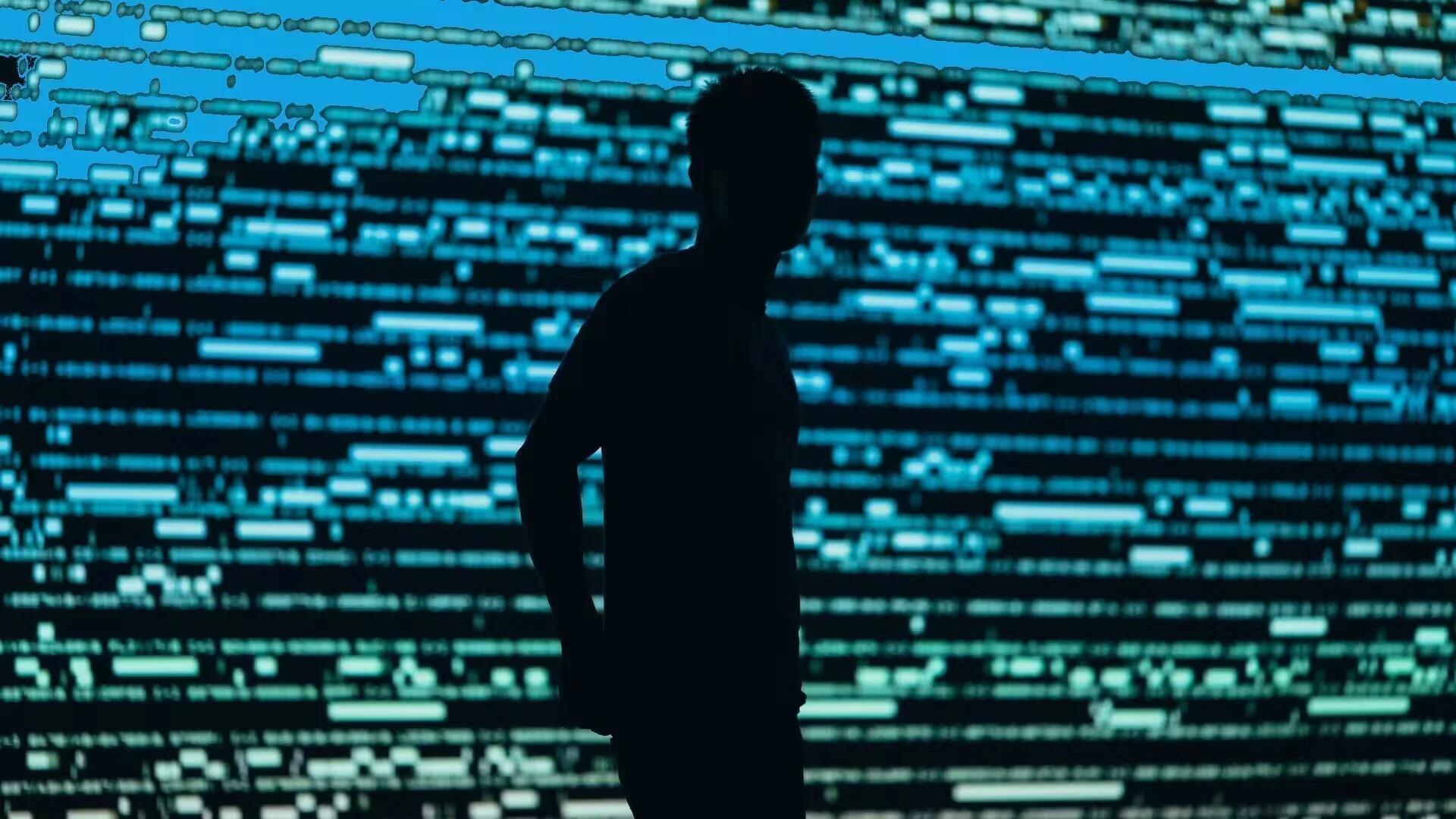Video footage is among the most reliable and readily available forms of evidence in a personal injury case. It is hard to dispute evidence if you have it recorded on camera. It can sometimes weaken a case if it proves that the victim missed warning signs or was in an area sealed off. Usually, however, it can help the victim present a strong case when the party at fault denies liability. It helps to prove to the court that what they are saying is true and that you have evidence to back the claim up. Below are listed some ways in which it may help your case.
Hazards
Video footage can help identify hazardous conditions that caused the accident. Such conditions could include wet floors, obstacles, or cracks. Ensuring a safe environment by preventing any such situations is the owner’s responsibility. Therefore, this can help hold the building owner responsible and make it easier to prove their liability. In turn, this would mean an iron-case case, allowing the victim to get some sort of compensation for the loss.
Negligence
Video footage can also play an essential role in helping prove the property owner or operator’s negligence. Negligence is failure to behave with care, which results in another person’s injury. An example of negligence could be the absence of cation signs or the inability to seal off areas of hazard. The evidence may show no warning signs indicating a wet floor and will help hold the owner accountable for the damage incurred. You can make these claims all you want, but the jury will be willing to believe them if they can see them.
Time Frame
Video footage’s ability to capture the time frame before and after the incident can also be a critical part of the victim’s slip and fall case. For instance, if a visitor spills water on the floor to make it slippery, causing the slip, the property owner may argue that it is not their fault. In this case, the evidence could help still hold them liable if employees walked past the area several times without asking to get the floor cleaned up.
All in all, the video can help form a timeline of events to show owners had ample time to rectify the hazard but still failed to do so, making the injury their responsibility. Having video evidence can help you to remember these details that can be easily forgotten.
Extent of Injuries
Video footage can also be an effective tool in proving the extent of injuries caused by a slip and fall accident. Every so often, the victim may argue about severe injuries, like head trauma, that the doctor may not be able to diagnose. This will make it hard for the victim to prove their case, as it is their say against the test results. In this case, a video can show that the victim struck their hand on a hard surface during the fall, backing up their claim. Then, despite no apparent physical injuries, the case will have sufficient verification of the severity of the impact. In turn, this will mean a strong enough case for non-visible injuries, like traumatic brain injury and concussions.
Conclusion
Considering everything, videos are among the strongest pieces of evidence and can strengthen a case. When building a claim, you want to show the specific negligence, hazardous conditions, and weak response, and prove the extent of injuries. Concrete on-tape evidence, however, is easy to get rid of by simply deleting it, and, therefore, it is critical to preserve it as soon as possible. You want to keep track of these important details to build a compelling case for your accident. Your legal professional is going to want to see everything, so it is critical to make a folder specifically for these videos.
